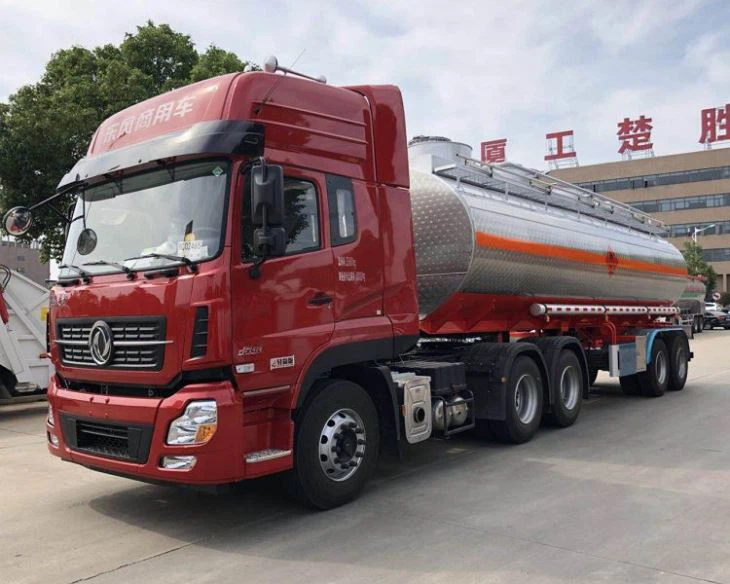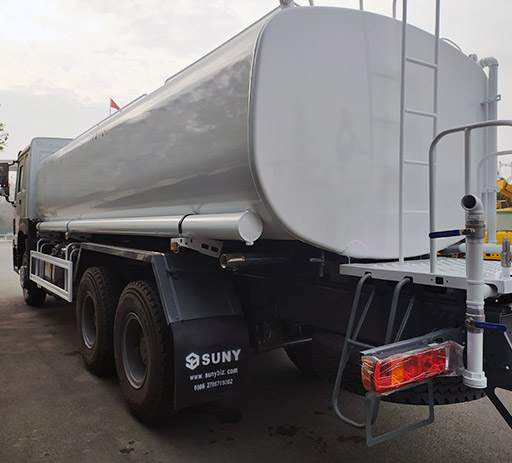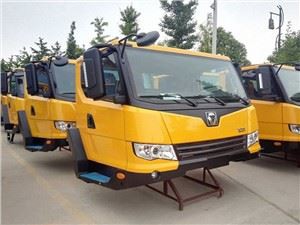Understanding the Trash Wagon: A Comprehensive Guide

Introduction
The trash wagon, often an unsung hero of waste management, plays a crucial role in keeping our communities clean and organized. Bringing efficiency to the process of collecting, transporting, and disposing of waste, these vehicles are an integral part of municipal services worldwide. In this article, we will explore everything there is to know about trash wagons—from their design and types to their environmental impact and maintenance. Whether you’re a waste management professional, a city planner, or simply someone curious about the behind-the-scenes of waste disposal, this guide is for you.
The History of Trash Wagons
Early Beginnings
The concept of waste disposal dates back to ancient civilizations, which had rudimentary forms of trash collection. Initially, cities relied on horse-drawn carts or wagons to transport waste. These early trash wagons had wooden bodies, limited capacity, and were often pulled by animals.
Evolution Over Time
As cities grew, so did the complexity of waste management. The Industrial Revolution ushered in motorized vehicles, replacing traditional horse-drawn trash wagons. Modern trash wagons are equipped with hydraulic systems, compactors, and more efficient designs to handle larger volumes of waste.
Modern-Day Innovations
Today, trash wagons are increasingly being integrated with technology. Features like GPS tracking, route optimization, and smart waste bins with sensors are revolutionizing how waste is collected and managed.
Types of Trash Wagons
Standard Refuse Trucks
Standard refuse trucks are the most common type of trash wagons. They come with a rear-loading feature and can carry various types of waste, including household trash and recyclables.
Front-Loading Trucks
Front-loading trucks are designed for commercial and industrial waste collection. They feature hydraulic arms that lift dumpsters for efficient loading, making them ideal for shopping centers, restaurants, and large businesses.
Side-Loading Trucks
Side-loading trucks are often employed for residential areas, offering a more compact design. They allow for easier navigation in tight spaces while still being able to handle large volumes of waste.
Specialized Waste Collection Trucks
These trucks are designed for specific types of waste, such as hazardous materials or medical waste. They include specialized compartments to prevent contamination and ensure safe disposal.
How Trash Wagons Work
Collection Process
Trash collection typically occurs on a set schedule. Residents place their waste bins curbside, where the trash wagon will stop to collect the waste. Waste management teams utilize various methods based on the type of truck they are operating.
Compaction Mechanism
Most modern trash wagons are equipped with compaction mechanisms that compress the waste. This allows for a greater volume of waste to be transported, reducing the number of trips needed to the landfill.
Transportation to Landfill
Once the collection is complete, the trash wagon transports the waste to landfills or recycling centers. The type of waste determined how it will be processed at its final destination.
Environmental Impact of Trash Wagons
Carbon Footprint
Trash wagons contribute to greenhouse gas emissions through fuel consumption. However, many municipalities are adopting eco-friendly practices, including the use of biofuels and electric trash trucks, to mitigate their carbon footprint.
Recycling and Waste Diversion
Effective waste management systems aim to divert as much waste as possible from landfills. Trash wagons equipped for recycling help ensure that recyclable materials are handled separately, promoting environmental sustainability.
Community Cleanliness
Regular waste collection improves overall community hygiene, reducing pests and contributing to healthier living environments. Properly maintained trash wagons also prevent litter from escaping during collection.
Maintenance of Trash Wagons
Routine Checks
Regular maintenance is crucial for the longevity of trash wagons. Routine checks include inspecting the hydraulic system, brakes, tires, and waste compaction mechanisms to ensure they are functioning optimally.
Cleaning Procedures
Keeps your trash wagon clean and odor-free is essential. Regular cleaning of the truck’s interior and compaction units prevents build-up of waste residues that could attract pests or cause unpleasant odors.
Repairing Common Issues
Common issues, such as hydraulic system failures or compaction problems, should be addressed promptly. Timely repairs not only extend the life of the truck but also improve efficiency in waste collection.
Trash Wagons and Technology

Smart Waste Management Solutions
With the rise of the Internet of Things (IoT), trash wagons are being integrated with smart technology. This includes sensors that indicate when bins are full, allowing for more efficient routing and collection schedules.
GPS and Route Optimization
Implementing GPS technology in trash wagons allows waste management teams to plot the most efficient routes. This not only saves fuel but also ensures timely waste collection for communities.
Mobile Apps for Waste Management
Many cities are now offering mobile apps that enable residents to report issues with waste collection or schedule bulk item pickups, enhancing communication between municipalities and citizens.
Case Studies of Successful Trash Wagon Programs
City A: Transition to Electric Trucks
In 2020, City A replaced traditional diesel trash wagons with electric models, resulting in a significant reduction in emissions and noise pollution. The move not only promoted sustainability but also received positive community feedback for improved air quality.
City B: Implementing Smart Sensors
City B installed smart sensors on trash bins throughout the city, leading to a 25% reduction in collection routes. This initiative saved the city operating costs while optimizing waste collection efficiency.

City C: Community Engagement Program
City C launched a community awareness campaign about proper waste disposal and recycling. As a result, they saw a 30% increase in recycling rates, demonstrating how community involvement can enhance waste management efforts.
Future of Trash Wagons
Trends in Waste Management
Trends indicate an increasing focus on sustainability and waste diversion. As technology evolves, we can expect more sophisticated trash wagons designed for efficiency and environmental safety.
Government Regulations and Standards
Governments are increasingly implementing regulations that require municipalities to adopt cleaner waste management practices. This includes using low-emission vehicles and meeting stringent waste diversion goals.
Community Responsibilities
As communities grow, it will be increasingly important for residents to understand their role in waste management. Effective participation can help stress the importance of recycling, composting, and responsible waste disposal.
FAQ
What is a trash wagon?
A trash wagon is a specialized vehicle designed for collecting and transporting waste. They come in various designs, including rear-loading, front-loading, and side-loading models, each tailored for specific waste collection needs.

How do trash wagons contribute to environmental sustainability?
Modern trash wagons help reduce environmental impact through improved waste management practices, including recycling, reducing fuel consumption with electric models, and minimizing landfill use.
How often are trash wagons scheduled for collection?
Collection schedules vary by municipality. Most residential areas have waste collected weekly, while commercial properties may have more frequent pickups depending on needs.
What are the main maintenance needs for a trash wagon?
Maintenance for trash wagons includes routine inspections of the hydraulic systems, brakes, and tires, as well as regular cleaning to remove waste residues.
Can smart technology improve waste management?
Yes, smart technology can optimize waste management by providing real-time data on trash bin levels, improving collection routes, and enhancing community communication regarding waste disposal.
Are there different types of trash wagons for different waste types?
Yes, trash wagons can be specialized for various types of waste, including hazardous waste and recyclables, ensuring safe and efficient disposal in line with regulatory guidelines.
